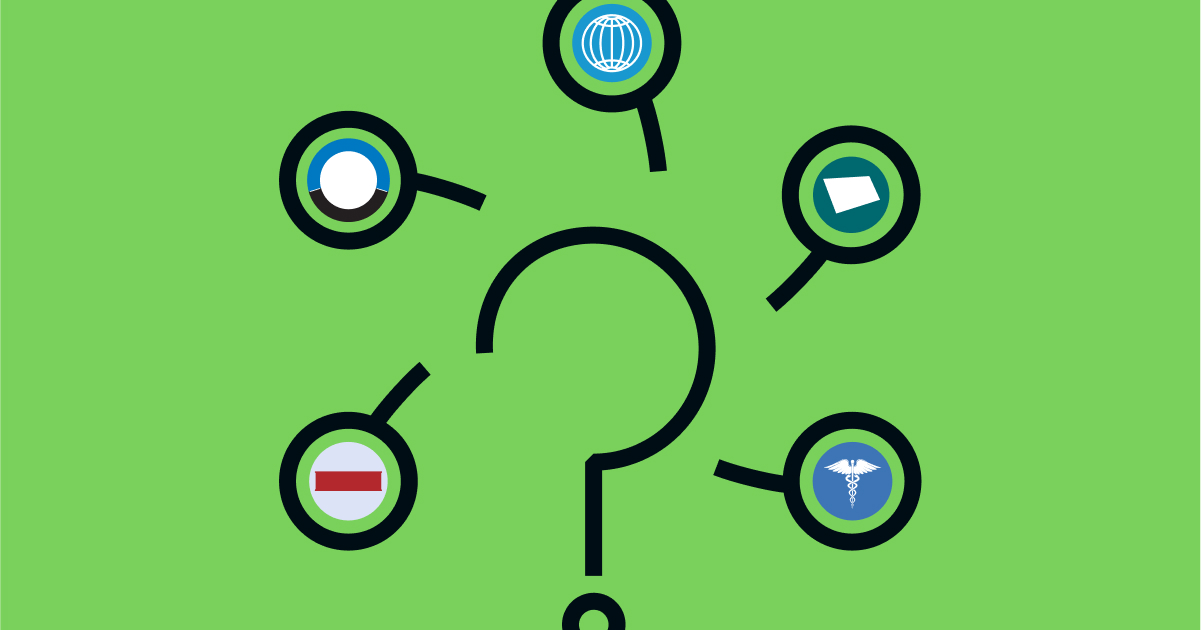Five amazing ways through which teachers can make use of available technology to help students in the learning environment despite the various associated challenges that they are likely to experience.
Technology has become essential in our lives in today’s quickly advancing world, and education is not excluded. With the adoption of the era of digitalization, educators possess an amazing possibility to utilize the capabilities of technology to enrich student learning encounters. Educators can create vibrant and engaging environments that foster individualized learning, cooperation, analytical thinking, and student participation by utilizing technology in their instructional methods. This essay explores several in-depth ways educators can efficiently employ digital tools to facilitate student education. First, customized learning takes centre stage, as technological advancements offer flexible learning systems catering to specific learner needs. These platforms adjust to students’ skills, offering customized material and evaluations, allowing them to study autonomously.
Through individualized learning, teachers can observe student advancement, recognize areas for growth, and give specific aid and critique, ensuring that all students acquire an educational opportunity matched with their distinct capabilities and learning preferences. Virtual forums, shared files, and online meeting tools create digital environments where learners can cooperate, exchange thoughts, and cooperate on tasks, irrespective of their geographical position. These types of tools stimulate active engagement, nurture communication and collaborative abilities, and give students different outlooks from their fellow students. Thanks to technology, learners can seek educational support from reputable companies like Peachy Essay, regardless of geographical location.
Personalized Learning
Customized education, enhanced by technology, allows educators to customize teaching based on the specific requirements of every learner, encouraging individual progress and optimizing educational results. An intelligent tutoring system evaluates students’ understanding and abilities, and tailored resources and tasks are adaptively offered depending on their strengths and weaknesses. This customized method allows pupils to advance at their preferred speed, ensuring they get adequate difficulty and assistance. The information generated by these systems offers useful observations for instructors to monitor student advancement, pinpoint areas for enhancement, and employ data-driven instructional strategies. Using this knowledge, instructors can deliver specific interventions, give custom support and feedback, and establish an educational setting that fosters every student’s potential. Individualized instruction through digital tools encourages student independence, develops a mindset for growth, and encourages lifelong learning by responding to individual requirements and revealing the path to success for every student.
Collaborative Learning
Powered by technology, cooperative learning changes how students cooperate, going beyond physical limits and nurturing a diverse global learning community. Through virtual discussion forums and cooperative files, students can engage in detailed exchanges, exchange varied viewpoints, and work together on challenging tasks, regardless of geographical position. Online meeting platforms enable instant messaging, providing remote face-to-face communications, creative thinking sessions, and collaborative showcases. This smooth integration of digital tools nurtures key skills such as collaboration, efficient communication, problem analysis, and solution-finding for the modern era. Learners learn to work with classmates of different ethnicities, promoting a worldwide outlook and improving their cross-cultural skills. By embracing technology for cooperative learning, teachers create a vibrant and inclusive learning atmosphere that encourages active involvement, cultivates emotional intelligence, and enables students to become efficient collaborators and contributors in a globalized world.
Multimedia Presentations
In audiovisual presentations, educators have a wide range of assets at their disposal to develop highly stimulating and lively instruction. Utilizing presentation software, instructors can seamlessly blend visually captivating graphics, images, and videos into their teaching, engaging students’ attention and promoting a deeper comprehension of the topic. Educators can skilfully demonstrate intricate ideas by integrating audiovisual components, like animated visuals and interactive charts, facilitating students’ comprehension of abstract notions. Moreover, computer simulations and dynamic websites provide students with captivating and practical experiences, allowing them to actively investigate and try out complex subjects.
Access to resources and information
The internet significantly enhances the availability of data and assets, offering learners unrivalled understanding that augments traditional educational materials. With the help of educators, learners can explore the extensive digital realm, investigating reliable references, online libraries, and learning platforms to conduct thorough investigations and obtain current data on various fields of interest. Educators select digital resources and develop personalized online libraries, meticulously picking content corresponding to the course to guarantee students can explore various resources that address their specific learning needs. By imparting essential digital literacy skills, instructors empower students to browse online resources effectively, teaching them to recognize credible sources, assess information for accuracy and bias, and combine knowledge from multiple perspectives. This capacity to analytically explore and assess digital materials boosts pupils’ academic aptitude. It promotes self-directed learning, allowing them to become ongoing learners in our digital age.
Formative Assessment
Progressive evaluation, supported by technology, changes how teachers assess student learning, facilitating prompt feedback and data-based instructional choices. Digital quizzes and educational applications provide immediate feedback, allowing pupils to analyse their strengths and weaknesses instantly. Educators utilize the functionalities of learning management platforms to monitor students’ progress, producing extensive reports showcasing individual accomplishments and opportunities for growth. These reports give valuable information for teachers to modify teaching, personalize interventions, and offer focused assistance to address individual student requirements. Utilizing technology for ongoing evaluation, instructors set up a seamless learning loop in which students proactively track their advancement, contemplate their educational objectives, and adapt as needed. This repetitive procedure promotes self-awareness, student control over education, and a belief in the power of improvement, fostering an educational setting that emphasizes constant growth and assists learners in reaching their maximum capabilities.
In conclusion, by harnessing adaptive learning systems, cooperative tools, audiovisual presentations, resource accessibility, and ongoing assessment methods, teachers can unlock new dimensions of student analytical thinking. Individualized learning platforms facilitate instructors to customize teaching to the unique requirements of each student, promoting a diverse and personalized learning atmosphere. Interactive tools facilitate effortless communication and teamwork among students, overcoming geographical barriers and fostering diverse outlooks. Audiovisual displays engage students and enhance comprehension of intricate ideas using interactive and immersive methods. By adopting technology in education, teachers can maximize the potential of their students, equipping them with the abilities, versatility, and digital fluency needed to thrive in the dynamic global context. The smooth integration of digital tools and learning propels the learning journey into an era of limitless opportunities and trains pupils for the difficulties and prospects of tomorrow.




